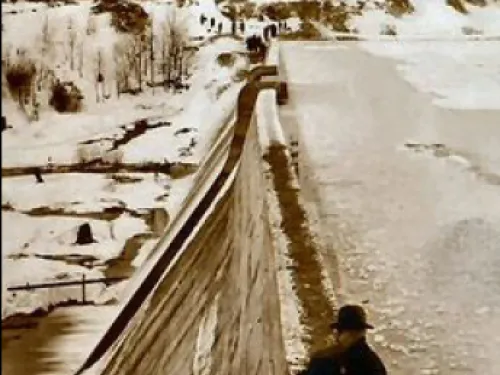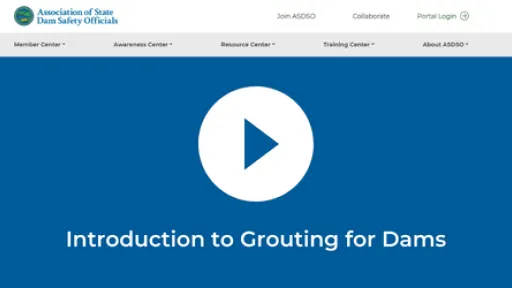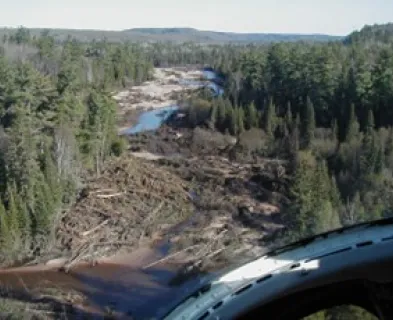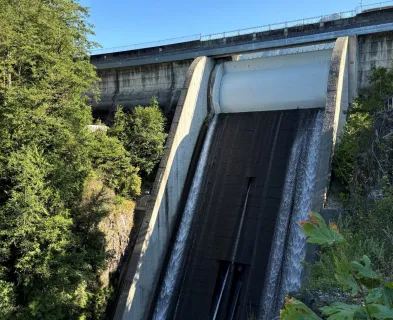Stability of the dam foundation and other geologic features must be considered during dam design.
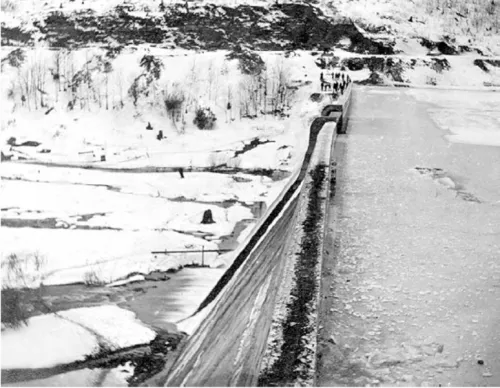
Potter County Historical Society)
Foundation defects cause approximately 30% of all documented dam failures in the United States.¹ Because of inherent uncertainty associated with the properties of the foundation it is essential that the regional geology and dam foundation geologic conditions be thoroughly investigated and characterized in order to reduce the risk of failure.
Prior to the design phase, reconnaissance and feasibility studies should be performed at the proposed dam site to understand the regional geology and properly characterize the site conditions as they relate to stability. Such studies should be conducted by an experienced engineering geologist with training in dam stability. A complete understanding of the geologic conditions is critical to the evaluation of dam site selection, feasibility, and stability as well as selection of the dam type and configuration. In addition, constructability and costs are directly related to the geologic conditions, particularly the potential need for mitigation of seepage and/or stability concerns.
During the construction phase of the dam, additional geotechnical investigations and pilot tests may be conducted in order to finalize the foundation preparation specifications and foundation treatment methods most compatible with the geologic conditions and dam design. Consideration of geologic features through comprehensive geotechnical investigations conducted throughout several phases of dam design will ensure the most appropriate means of foundation preparation and treatment at the site.
Foundation treatment may include surficial measures such as excavation of low quality rock, application of dental concrete, or contact grouting; deeper treatments such as the installation of a cutoff wall, foundation grouting or a combination of the two, and the use of drains and filters at the base of concrete dams or within an embankment. In seismically active regions, the construction of a berm or buttress on the upstream or downstream slope may be required to increase the factor of safety against seismically induced stability failures, sliding, and settlement due to strength reductions from shaking and liquefaction.
Improper foundation preparation resulting from a lack of geologic consideration can lead to dam failure by a variety of modes including differential settlement, slope instability, sliding, uplift pressures, uncontrolled foundation seepage, internal erosion, shearing, and faulting.
References:
(1) ASDSO. (2014). Dam Failures and Incidents. Association of State Dam Safety Officials.
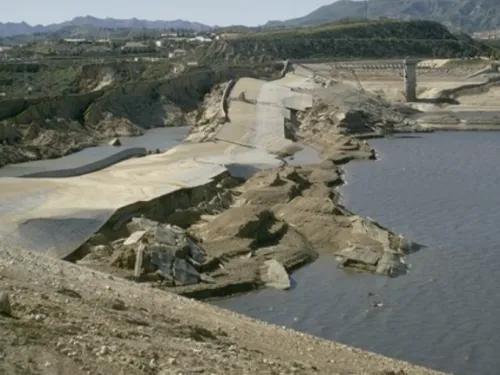

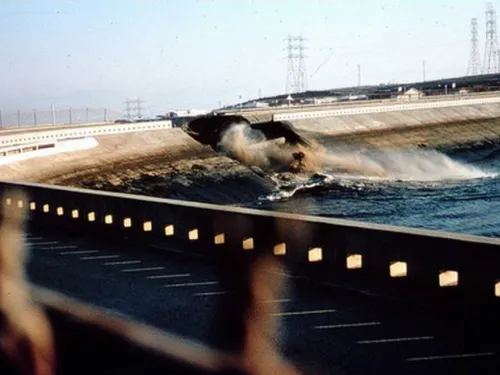
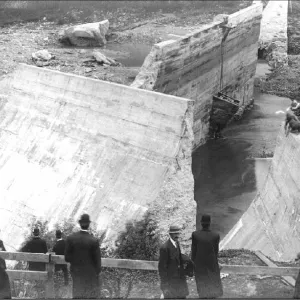
Austin (Bayless) Dam (Pennsylvania, 1911)
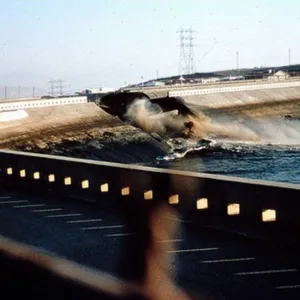
Baldwin Hills Dam (California, 1963)
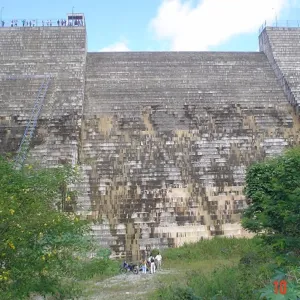
Camará Dam (Brazil, 2004)

Fontenelle Dam (Wyoming, 1965)
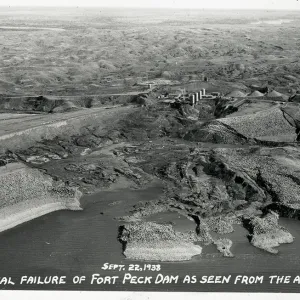
Fort Peck Dam (Montana, 1938)
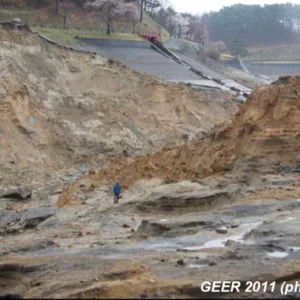
Fujinuma Dam (Japan, 2011)
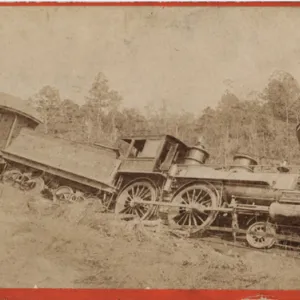
Langley Dam (South Carolina, 1886)
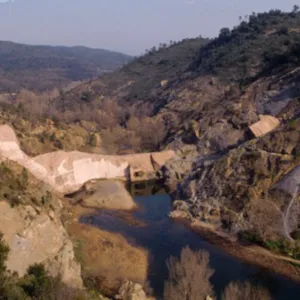
Malpasset Dam (France, 1959)
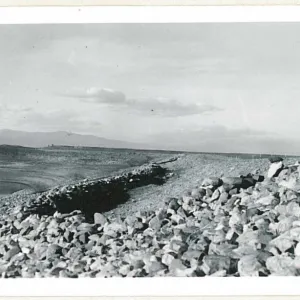
Marshall Lake Dam (Colorado)
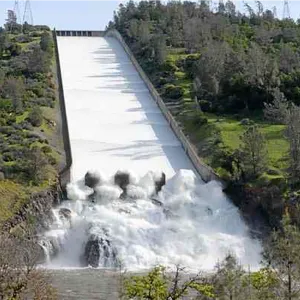
Oroville Dam (California, 2017)
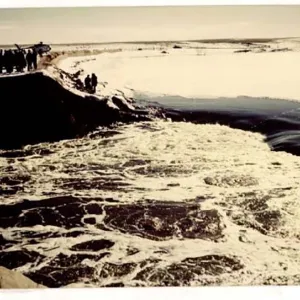
Prospect Dam (Colorado, 1980)
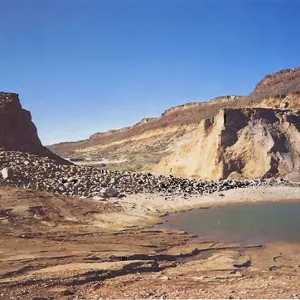
Quail Creek Dike (Utah, 1989)

Sheffield Dam (California, 1925)
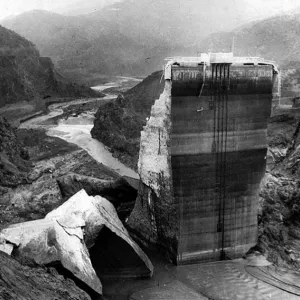
St. Francis Dam (California, 1928)

Teton Dam (Idaho, 1976)
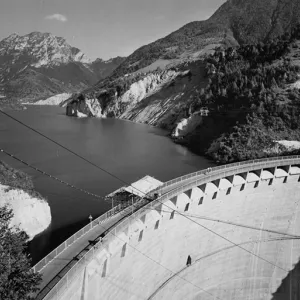
Vajont Dam (Italy, 1963)

Val di Stava Dam (Italy, 1985)
Additional Case Studies (Not Yet Developed)
- Alla Sella Zerbino Dam (Italy, 1935)
- Shi Kang Dam (Taiwan, 1999)

Federal Guidelines for Dam Safety: Earthquake Analyses and Design of Dams

Training Aids for Dam Safety: Evaluation of Concrete Dam Stability
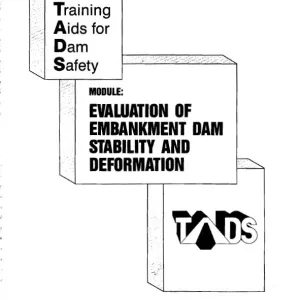
Training Aids for Dam Safety: Evaluation of Embankment Dam Stability and Deformation
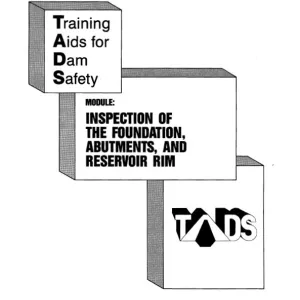
Training Aids for Dam Safety: Inspection of the Foundation, Abutments, and Reservoir Rim

Bearing Capacity of Soils, EM 1110-1-1905
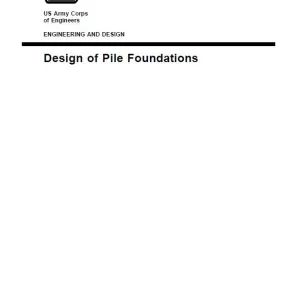
Design of Pile Foundations, EM 1110-2-2906

Evaluating and Communicating Geological and Geotechnical Information for Use in Risk Assessment
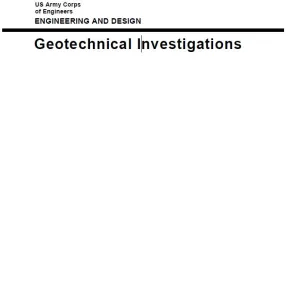
Geotechnical Investigations, EM 1110-1-1804
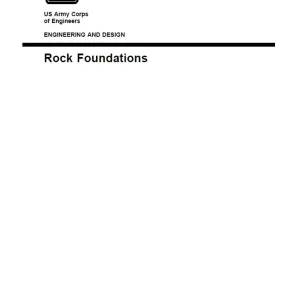
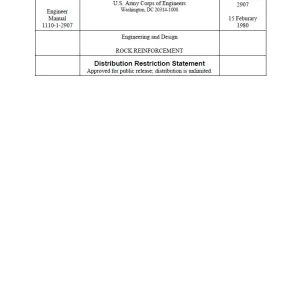
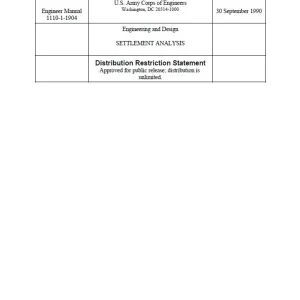
Settlement Analysis, EM 1110-1-1904

